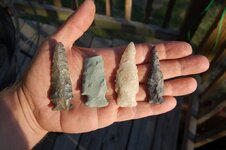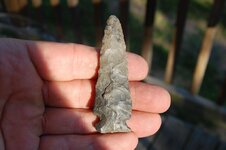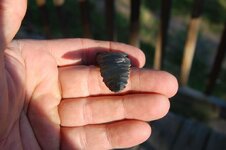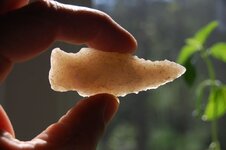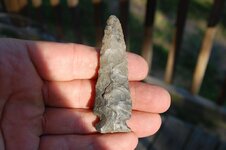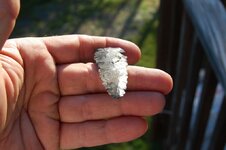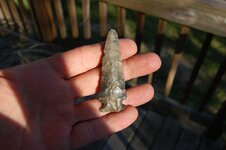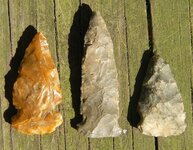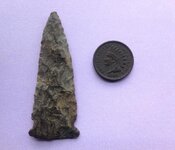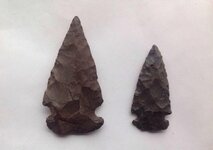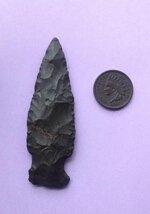theviking
Bronze Member
Opened a frame today to try and find room for the Quartzite Meadowood and thought I would take a group shot. The first piece is from Fulton co. Ohio, a gift. The last one was my first creek find. Two of these seem to be resharpened Knifes, mostly the Quartzite piece. Maybe the Meadowood types are all knifes, like the big Savannah River blades. Thanks for looking.H.H.
Attachments
Upvote
0


